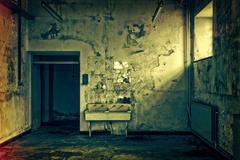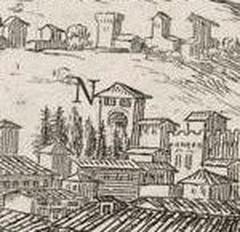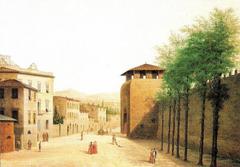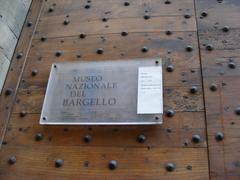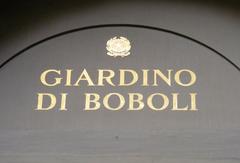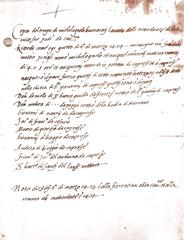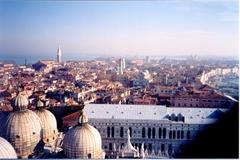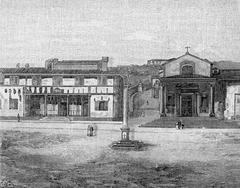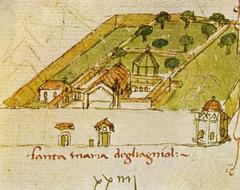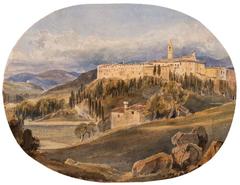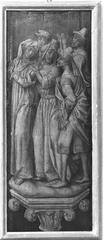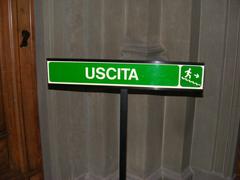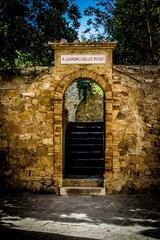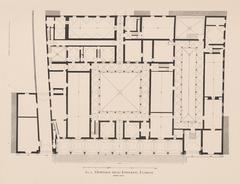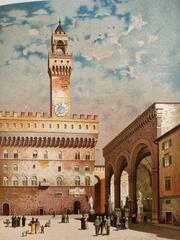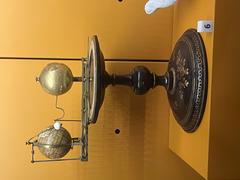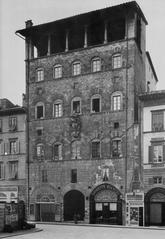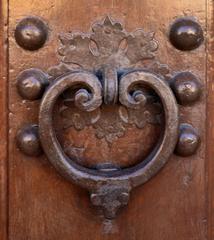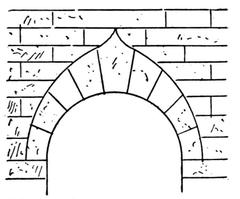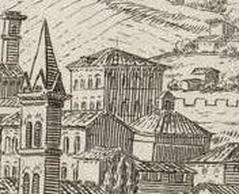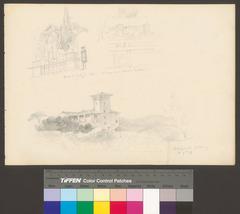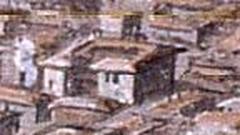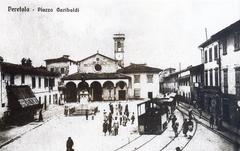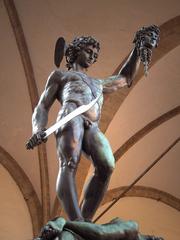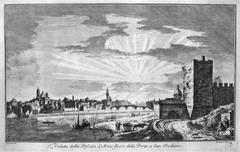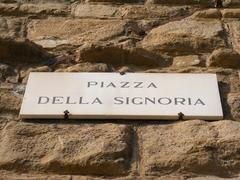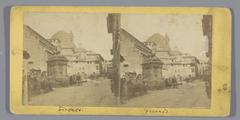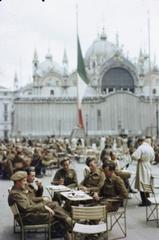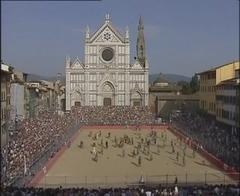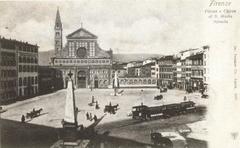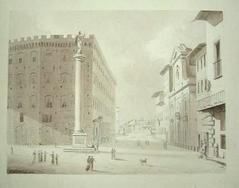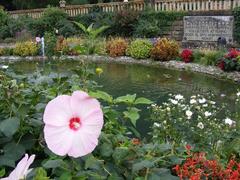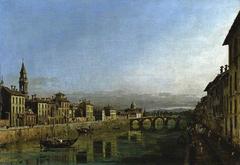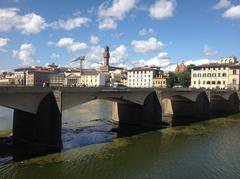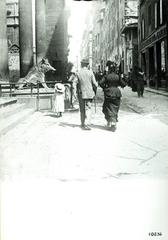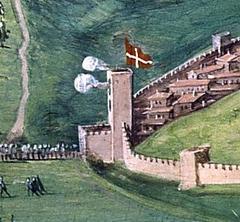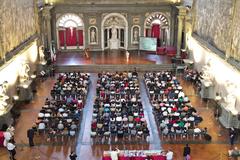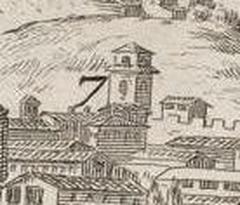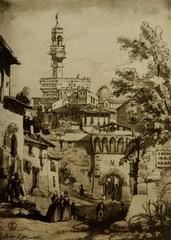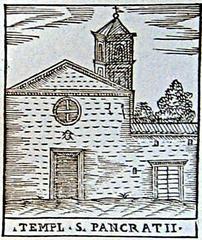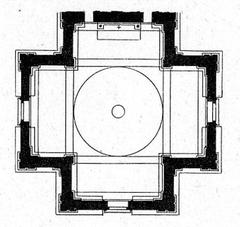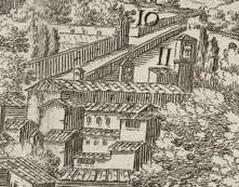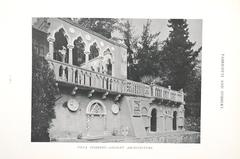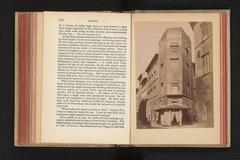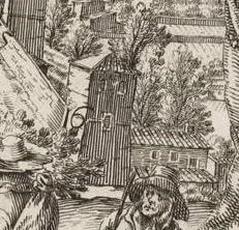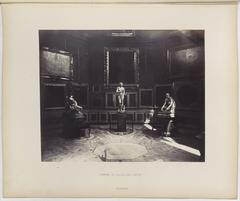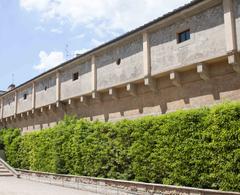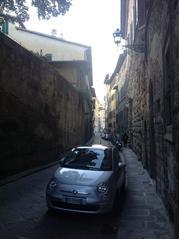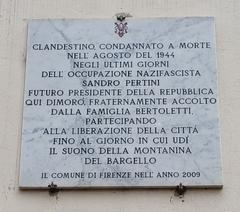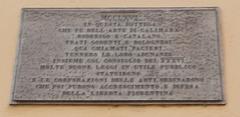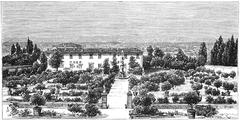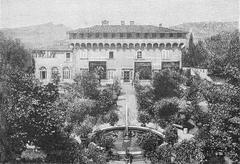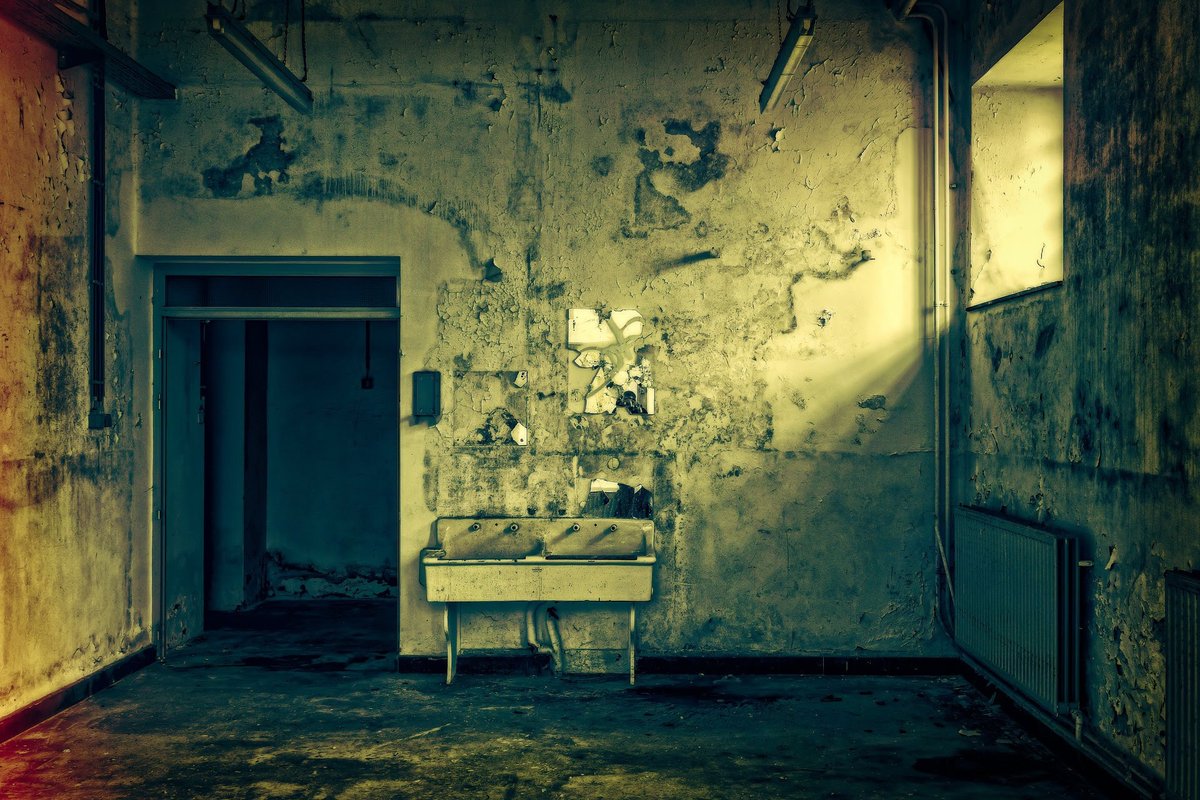
Visiting Porta al Prato in Florence: Opening Hours, Tickets, and Tips
Date: 24/07/2024
Introduction
Porta al Prato, one of Florence’s most enduring historical landmarks, is a gateway to the city’s rich past and cultural heritage. Constructed in 1284, this ancient gate has witnessed Florence’s evolution from a medieval city to a Renaissance hub and continues to stand as a testament to its resilience and artistic legacy. Strategically located on the western side of Florence, Porta al Prato served as a crucial entry point for travelers and traders from Pisa and the coast, making it a vital part of the city’s defensive walls. Over the centuries, it has undergone various enhancements, including significant fortification efforts in the 16th century by renowned artists and engineers such as Benvenuto Cellini and Michelangelo Buonarroti. Today, Porta al Prato is not only a historical monument but also a cultural symbol, housing notable artworks like the fresco of the ‘Virgin Mary with the Holy Child and the Saints’ by Michele di Ridolfo. This comprehensive guide will delve into the history, visitor information, and nearby attractions of Porta al Prato, offering a detailed roadmap for anyone looking to explore this fascinating part of Florence (FirenzeViva).
Table of Contents
- Introduction
- History of Porta al Prato
- Modern-Day Significance
- Visitor Information
- Nearby Attractions
- Annual Events
- Practical Information
- Conclusion
- FAQs
- Call to Action
History of Porta al Prato
Origins and Early Construction
Porta al Prato is one of the most ancient gates of Florence, with its construction dating back to 1284. This historical gate was part of the city’s defensive walls, which were crucial for protecting Florence from external threats. The gate’s strategic location on the western side of the city made it a vital entry point for travelers and traders coming from the direction of Pisa and the coast.
Artistic Significance
Inside Porta al Prato, there is a notable fresco depicting the “Virgin Mary with the Holy Child and the Saints,” attributed to Michele di Ridolfo. This artwork adds a layer of cultural and religious significance to the gate, reflecting the deep-rooted artistic heritage of Florence. The fresco is a testament to the city’s rich tradition of integrating art into public and religious spaces.
Fortification Efforts in the 16th Century
In 1529, the gate’s fortifications were significantly enhanced due to the political turmoil of the time. Benvenuto Cellini, a renowned artist and military engineer, was tasked with strengthening Porta al Prato. This was in response to the threat posed by Pope Clement VII, a member of the powerful Medici family, who sought to reclaim Florence with the aid of the imperial army.
The fortification efforts were part of a broader initiative by the Popular Government, which established the “Nove della Milizia” committee to oversee the completion of these defensive works. Notably, the famous artist Michelangelo Buonarroti was a member of this committee. Although some of Michelangelo’s innovative and complex designs were only partially realized, his involvement underscores the importance of the project and the high level of expertise brought to bear on the fortifications.
19th Century Enhancements
In 1860, Porta al Prato underwent further enhancements as part of urban beautification efforts. Two small woods of forest trees were planted on either side of the gate, and the avenue leading to it was adorned with Roman statues. This addition of greenery and classical art elements not only enhanced the aesthetic appeal of the area but also provided a natural barrier, offering protection and a serene environment around the gate.
Modern-Day Significance
Today, Porta al Prato stands as a historical monument, reflecting the rich tapestry of Florence’s past. It is located at the intersection of Fratelli Rossetti Street and Belfiore Street, serving as a reminder of the city’s medieval origins and its evolution through the centuries. The gate’s historical and artistic significance makes it a must-visit for tourists exploring Florence.
Visitor Information
Visiting Hours and Tickets
Porta al Prato is accessible to visitors throughout the year. While there are no specific ticket requirements to view the gate itself, nearby attractions may have their own admission fees. It’s advisable to check the official websites or contact local tourist information centers for the most current visiting hours and ticket prices.
Travel Tips
- Best Time to Visit - The best time to visit Porta al Prato is during the spring and autumn months when the weather is pleasant, and the crowds are smaller.
- Accessibility - The area around Porta al Prato is generally accessible, but it’s recommended to check specific sites for detailed accessibility information if you have mobility concerns.
- Public Transport - Porta al Prato is well-connected by public transport, with several bus and tram lines stopping nearby. The Florence Santa Maria Novella railway station is also within walking distance.
Nearby Attractions
Visitors to Porta al Prato can also explore several nearby attractions that further enrich their understanding of Florence’s history and culture.
Ognissanti Church
One such site is the Ognissanti Church, founded by the Umiliati monastic order in 1251. The church, which underwent significant restoration after the devastating flood of 1966, features a baroque façade and houses frescoes by Botticelli and Domenico Ghirlandaio in its ancient refectory (FirenzeViva).
Palazzo Corsini
Another notable landmark near Porta al Prato is Palazzo Corsini. Built by architect Bernardo Buontalenti in 1527, the palace was later expanded and decorated with Baroque elements in 1624. This historical building adds to the rich architectural landscape surrounding Porta al Prato (FirenzeViva).
Fortezza da Basso
A short walk from Porta al Prato, the Fortezza da Basso is a Renaissance-era fortress now serving as a venue for exhibitions, conferences, and events. Its impressive architecture and historical significance make it a must-visit for history enthusiasts.
Santa Maria Novella
The Basilica of Santa Maria Novella, one of Florence’s most important churches, is nearby. Renowned for its stunning Gothic and Renaissance architecture and beautiful frescoes, visitors can explore the church’s interior, cloisters, and museum to learn more about its history and artistic treasures.
Parco delle Cascine
Florence’s largest public park, Parco delle Cascine, offers a peaceful retreat from the bustling city. The park features walking and cycling paths, sports facilities, and picnic areas, making it ideal for outdoor activities and relaxation.
Annual Events
Porta al Prato also plays a role in Florence’s vibrant cultural scene. Every year, the “Artigianato e Palazzo” review takes place inside the three lemon plantations that flank the avenue leading to the gate. During this event, artisans such as smiths, engravers, and decorators showcase their works, celebrating the city’s long-standing tradition of craftsmanship (FirenzeViva).
Practical Information
Accessibility
The area around Porta al Prato is generally accessible to visitors with mobility challenges. Nearby public transportation options, including buses and trams, accommodate passengers with disabilities. Additionally, the surrounding streets and pathways are relatively flat and well-maintained, making it easier for wheelchair users and those with limited mobility to navigate.
Safety Tips
While Porta al Prato and its surroundings are generally safe for tourists, it’s wise to take standard precautions. Keep an eye on your belongings, especially in crowded areas, and be aware of your surroundings. If exploring at night, stick to well-lit and populated streets.
Conclusion
Porta al Prato stands as a remarkable symbol of Florence’s rich historical and cultural heritage. From its medieval origins as a crucial defensive gate to its modern-day role as a significant tourist attraction, Porta al Prato encapsulates the essence of Florence’s resilience and artistic legacy. Visitors can explore its rich history, admire its architectural significance, and enjoy the nearby attractions such as the Ognissanti Church and Palazzo Corsini. Whether you’re a history enthusiast, architecture lover, or simply a curious traveler, Porta al Prato offers a unique glimpse into Florence’s past and present. With convenient access via public transport and a variety of nearby amenities, it is an essential stop on any itinerary. For a more in-depth experience, consider joining a guided tour or visiting during annual events like the ‘Artigianato e Palazzo’ review. As you plan your visit, remember to check the latest visitor information and travel tips to make the most of your trip. For more detailed insights and updates, download our mobile app Audiala, check out our other related posts, and follow us on social media (The Tuscan Mom).
FAQs
Is there an entry fee for Porta al Prato?
No, visiting Porta al Prato is free of charge.
What are the visiting hours for Porta al Prato?
Porta al Prato is an open public space with no specific visiting hours. It’s best to visit during daylight hours.
How do I get to Porta al Prato?
Porta al Prato is easily accessible from Florence’s city center, either by walking or using public transportation such as buses and trams.
Are there guided tours available?
Yes, many guided tours include Porta al Prato and provide insights into its history and significance.
What other attractions are near Porta al Prato?
Nearby attractions include Fortezza da Basso, Santa Maria Novella, and Parco delle Cascine.
References
- FirenzeViva. Exploring Porta al Prato - History, Visiting Hours, and Nearby Attractions in Florence. http://www.firenzeviva.com/en/porta-al-prato/
- The Tuscan Mom. Ultimate Guide to Visiting Porta al Prato - History, Tickets, and Tips. https://thetuscanmom.com/montepulciano-italy/
